Creating a naturalistic vivarium for your leopard gecko transforms an ordinary enclosure into a slice of the animal’s native habitat, providing both aesthetic appeal and significant health benefits. Unlike traditional minimalist setups with paper towel substrates and plastic hides, a bioactive vivarium replicates the arid landscapes of your gecko’s ancestral home in Afghanistan, Pakistan, and parts of India. This comprehensive guide will walk you through creating a thriving ecosystem that not only showcases your leopard gecko’s natural behaviors but also reduces maintenance through the introduction of beneficial microorganisms and cleanup crews. Whether you’re a first-time leopard gecko owner or looking to upgrade your existing setup, this naturalistic approach will enhance your pet’s quality of life while creating a stunning display piece for your home.
Understanding the Benefits of a Naturalistic Vivarium
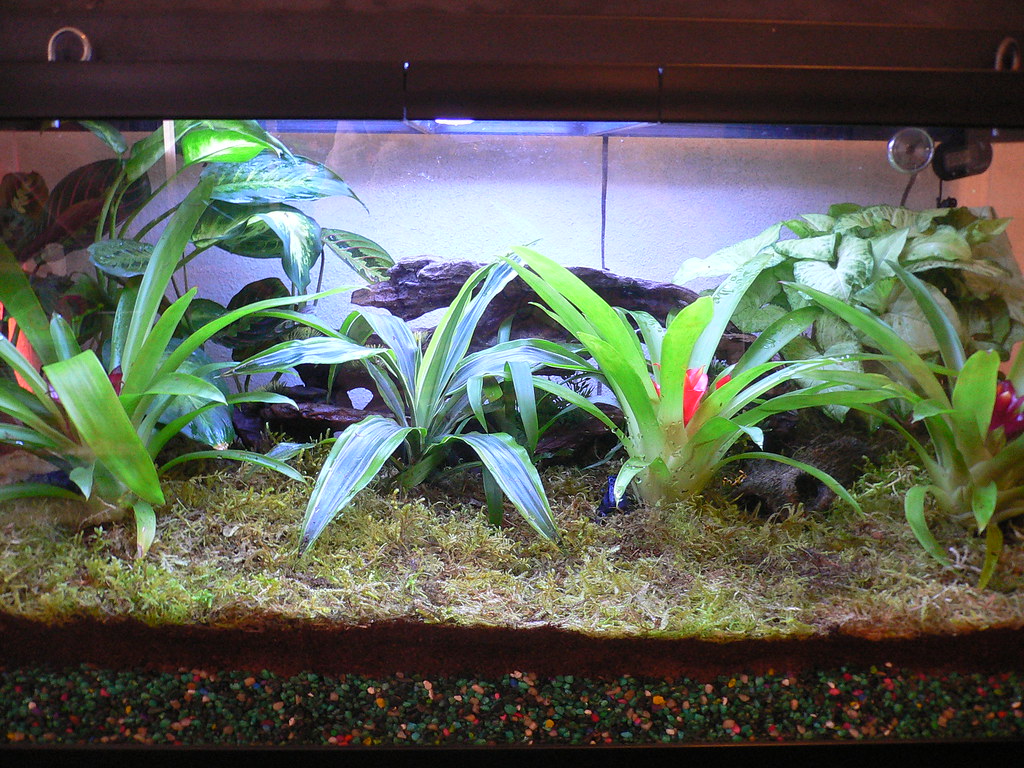
A naturalistic vivarium offers numerous advantages over conventional reptile enclosures, starting with significantly improved mental stimulation for your leopard gecko. The varied textures, climbing opportunities, and exploration options satisfy your gecko’s natural curiosity and instinctual behaviors, reducing stress and promoting activity. Health benefits include improved humidity regulation through naturalistic elements like living plants and proper substrate, which helps prevent shedding issues common in too-dry environments. The bioactive components—beneficial bacteria, fungi, and small invertebrates—create a self-sustaining mini-ecosystem that processes waste naturally, reducing odors and the frequency of deep cleanings. Perhaps most importantly, these naturalistic environments encourage natural behaviors like digging, climbing, and foraging, allowing you to observe your leopard gecko engaging in the same activities they would perform in the wild.
Selecting the Right Enclosure Size and Type
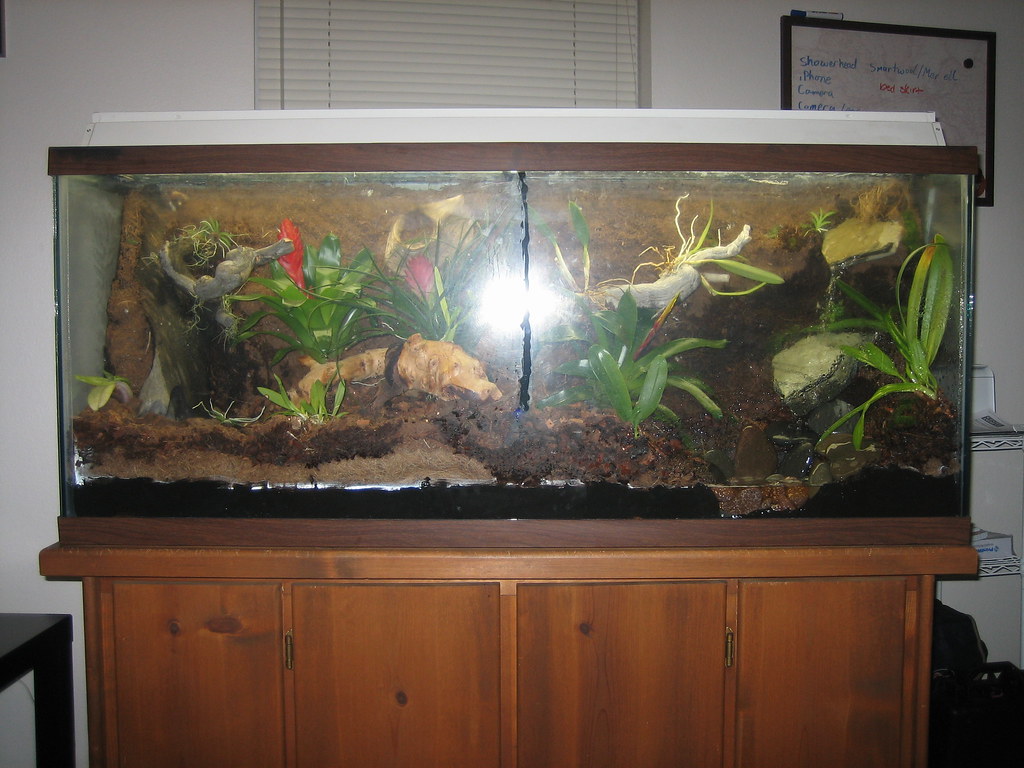
The foundation of any successful vivarium begins with choosing the appropriate enclosure, with a minimum recommended size of 36″ × 18″ × 18″ (90cm × 45cm × 45cm) for an adult leopard gecko, providing ample space for creating diverse microclimates and activity zones. Front-opening terrariums are strongly preferred over top-opening tanks as they cause less stress during maintenance and allow easier access for both you and your gecko. Glass enclosures offer excellent visibility and heat retention, while PVC enclosures provide superior insulation and lighter weight, making them increasingly popular choices among experienced keepers. Whichever material you choose, ensure the enclosure has adequate ventilation through mesh panels or ventilation strips to prevent stagnant air and potential respiratory issues. For multi-gecko setups, increase the footprint substantially, adding at least 50% more floor space per additional gecko to prevent territorial disputes and stress.
Creating a Proper Substrate Mix for Arid Conditions
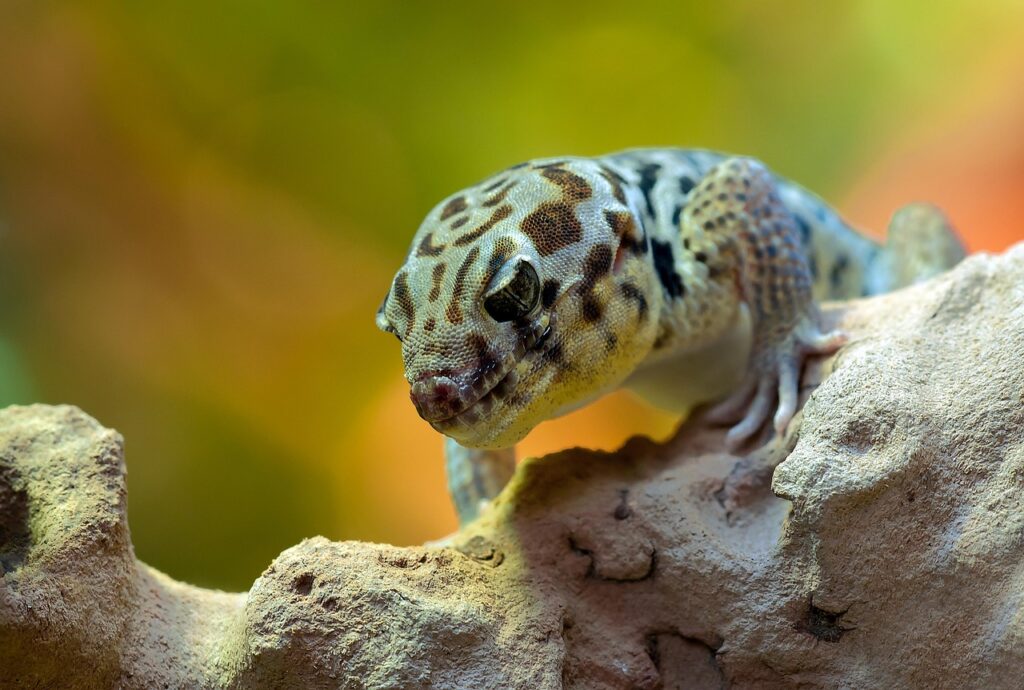
Developing an appropriate substrate mixture is crucial for replicating the natural soil conditions of a leopard gecko’s native environment while supporting plant life and promoting beneficial microbial activity. A well-balanced arid bioactive substrate typically consists of 40% organic topsoil (without fertilizers or additives), 30% play sand, 15% excavator clay, 10% coconut fiber, and 5% charcoal, creating a mixture that holds burrows while allowing proper drainage. This combination mimics the soil composition found in the rocky, semi-arid regions of Afghanistan and Pakistan where leopard geckos evolved, providing opportunities for natural digging behaviors. The substrate depth should be at least 4-6 inches in designated digging areas, allowing your gecko to create burrows while maintaining shallower sections elsewhere in the enclosure. Avoid calcium sand, walnut shell, and wood chips, as these substrates can cause impaction if accidentally ingested during feeding or normal behaviors like licking surfaces.
Establishing the Drainage Layer System
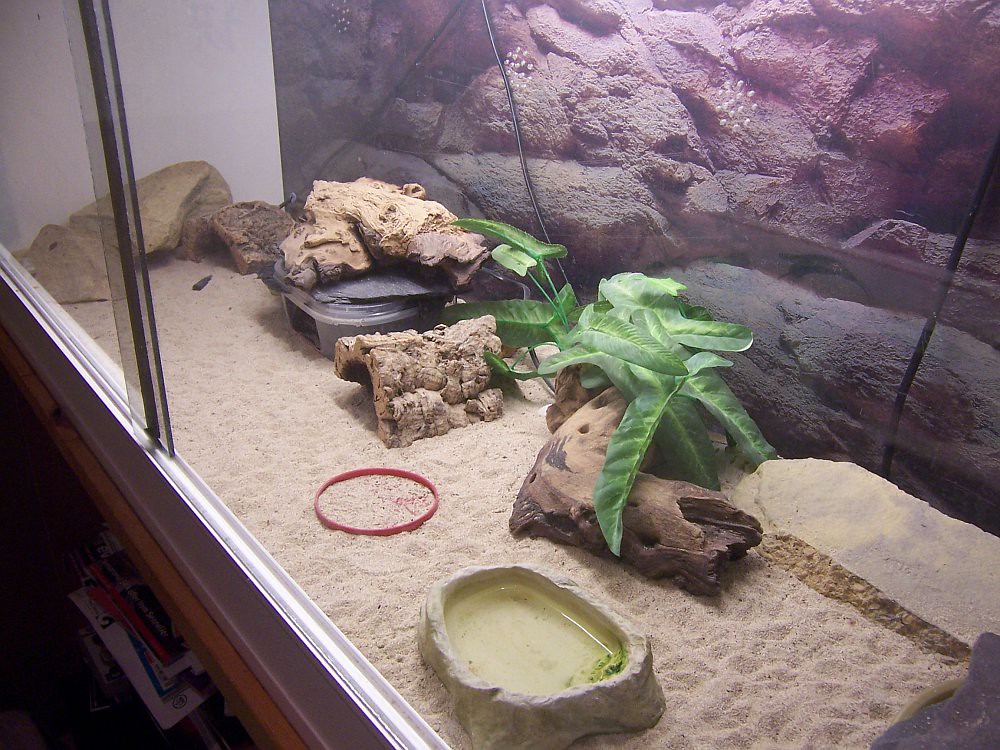
A properly constructed drainage layer is essential in a naturalistic vivarium, creating separation between water accumulation and your substrate to prevent root rot and bacterial overgrowth. Begin by adding a 1-2 inch layer of lightweight expanded clay pellets (LECA) or lava rock at the bottom of your enclosure, which creates pockets to collect excess moisture while remaining lightweight. Cover this drainage layer with a fine mesh screen or landscape fabric to prevent substrate from filtering down while allowing water to pass through. For more arid setups like leopard gecko vivariums, you may use a thinner drainage layer than tropical setups, but it remains important for maintaining healthy plant roots and preventing stagnant water. Some advanced keepers incorporate a drainage bulkhead and valve system that allows easy removal of excess water, though this is typically not necessary for the relatively dry conditions preferred by leopard geckos.
Selecting and Arranging Hardscape Elements
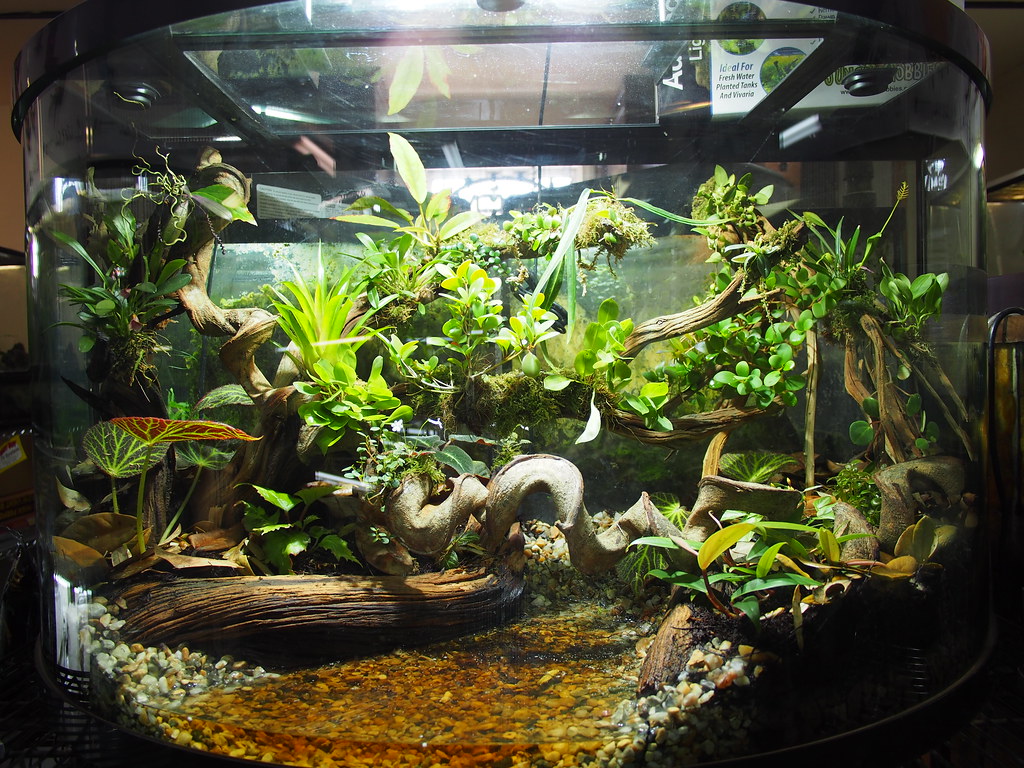
The hardscape forms the structural backbone of your vivarium, providing climbing surfaces, hiding spots, and visual interest while helping to create the essential temperature gradient your leopard gecko needs. Select flat rocks like slate, sandstone, or limestone that can absorb heat from your basking lamp and radiate it throughout the evening, creating ideal thermoregulation opportunities. Arrange several hides throughout the temperature gradient: a warm hide on the hot side (88-92°F), a moist hide in the middle containing damp sphagnum moss for shedding assistance, and a cool hide on the opposite end (75-80°F). Incorporate cork bark pieces, branches, and rock ledges to create multiple levels and climbing opportunities, as leopard geckos are more terrestrial than arboreal but still enjoy exploring varied terrain. When positioning your hardscape, ensure all elements are stable and cannot collapse on your gecko, using aquarium-safe silicone to secure larger pieces if necessary.
Choosing Desert-Adapted Plants for Leopard Gecko Vivariums
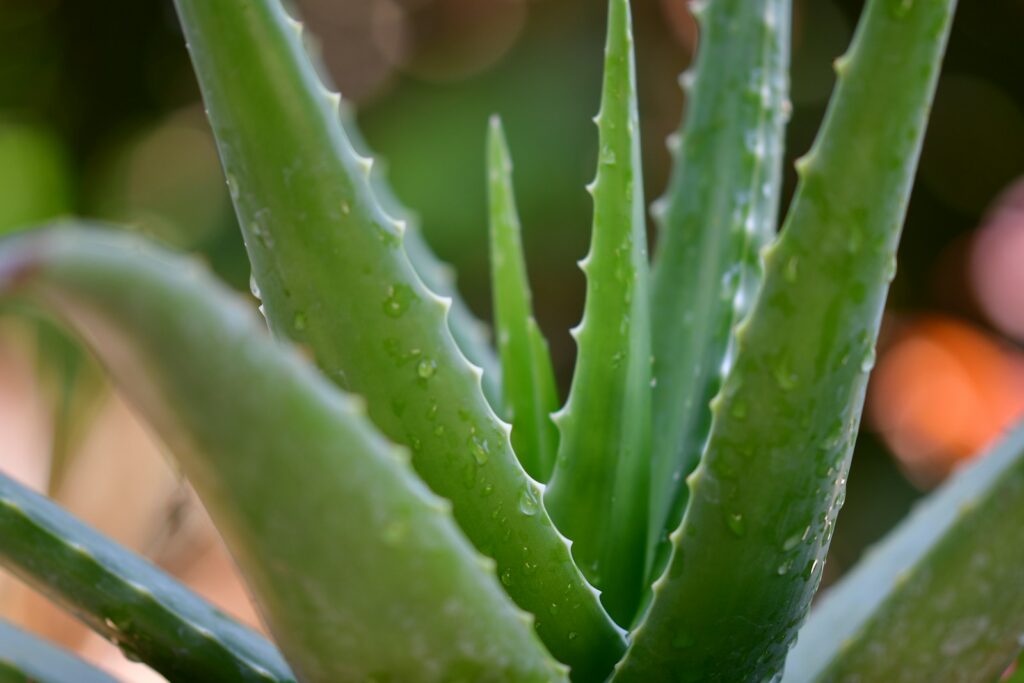
While leopard geckos hail from arid regions, incorporating drought-tolerant plants adds naturalistic beauty, helps maintain humidity, provides additional hiding places, and contributes to the vivarium’s ecosystem. Succulents like Haworthia, Echeveria, and Aloe vera are excellent choices as they require minimal water and can withstand the warm, dry conditions of a leopard gecko enclosure. Small air plants (Tillandsia species) can be mounted on hardscape elements, requiring only occasional misting and adding visual interest to vertical spaces. For ground cover, consider drought-tolerant herbs like thyme and small ornamental grasses that can withstand occasional trampling by your gecko. When selecting plants, avoid toxic species and those with sharp spines or edges that could harm your gecko during exploration or hunting activities. Remember that all plants should be thoroughly washed and quarantined before introduction to remove any pesticides or hitchhiking pests.
Installing Proper Heating and Lighting Systems
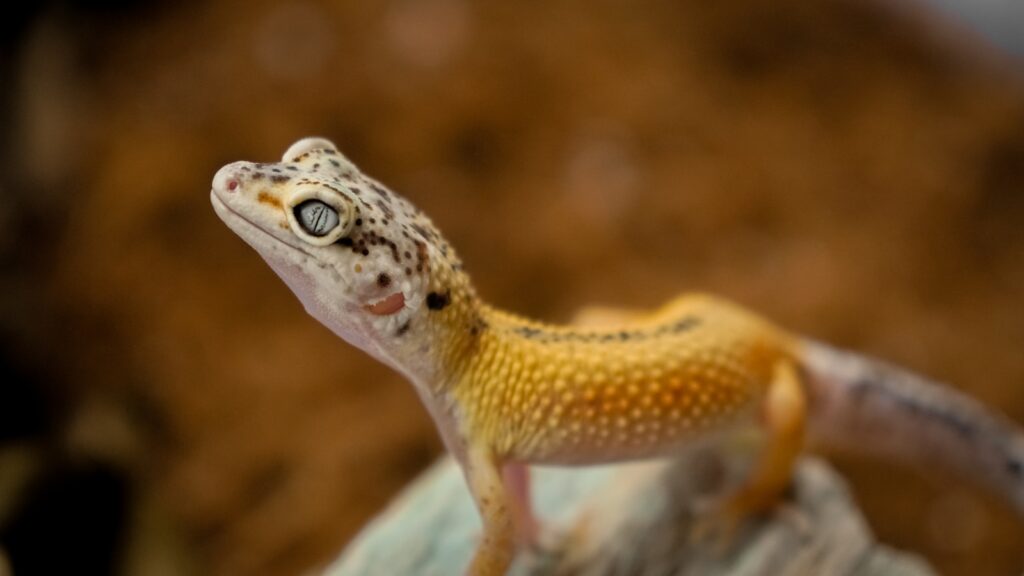
Creating appropriate temperature gradients is essential for leopard gecko health, allowing them to thermoregulate by moving between warmer and cooler areas as needed. Install a primary heat source like a halogen flood lamp or deep heat projector on one side of the enclosure to create a basking area of 88-92°F, mimicking natural sunlight’s heat penetration. Supplement this with undertank heating in the form of a heat mat or radiant heat panel regulated by a thermostat to provide consistent belly heat, particularly important for digestion in these ground-dwelling reptiles. For lighting, while leopard geckos are crepuscular and don’t require UVB for vitamin D3 synthesis like many reptiles, recent research suggests providing low-level UVB (5-7% output) benefits their overall health and natural behavior patterns. Maintain a consistent 12-hour day/night cycle using a timer for all lighting, and ensure all heat sources turn off at night, allowing for a natural temperature drop to 70-75°F which is essential for proper metabolic functions.
Establishing the Cleanup Crew Ecosystem
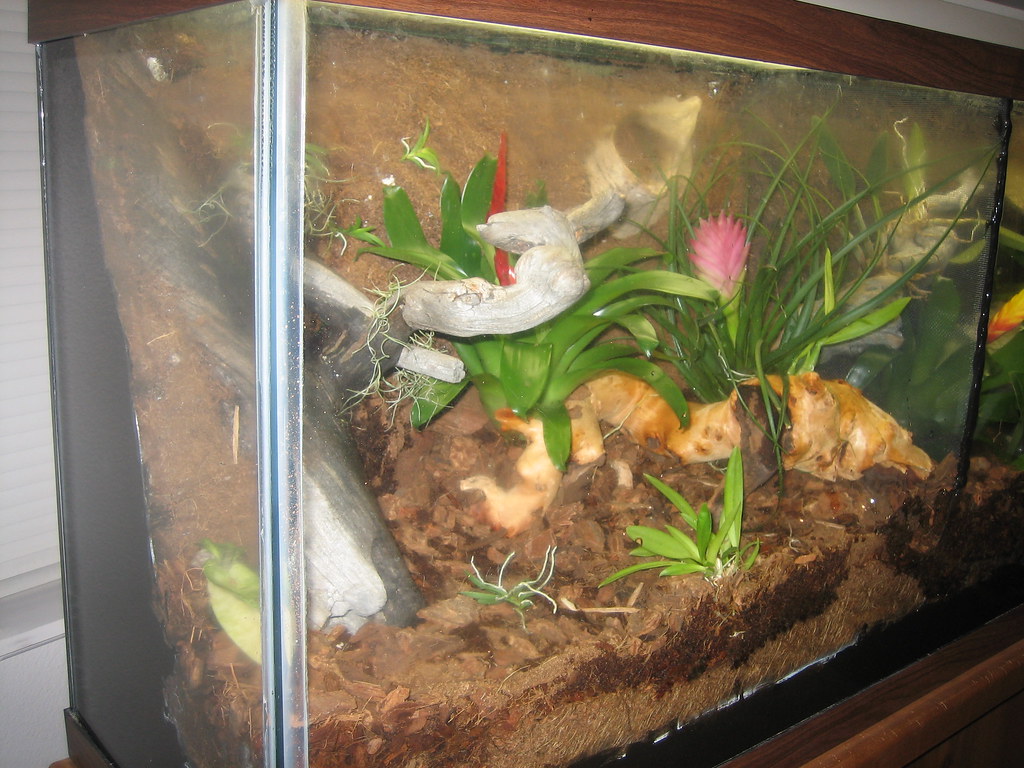
A thriving cleanup crew forms the backbone of a truly bioactive vivarium, processing waste and preventing mold growth while aerating the substrate. For arid setups suitable for leopard geckos, desert-adapted detrivores work best, including species like powder blue isopods (Porcellionides pruinosus), dwarf white isopods (Trichorhina tomentosa), and arid-tolerant springtails (Folsomia candida). These beneficial invertebrates consume gecko waste, shed skin, dead plant material, and food leftovers, converting them into plant nutrients while preventing harmful bacteria buildup. Start with modest populations—approximately 20-30 isopods and a small starter culture of springtails—and they’ll reproduce to appropriate levels based on the available food sources. Establish your cleanup crew at least two weeks before introducing your leopard gecko, allowing them to colonize the substrate and establish sustainable populations. Supplement their diet occasionally with small amounts of fish flakes, reptile pellets, or specialized isopod food, particularly during the establishment phase when natural waste isn’t yet available.
Creating Essential Microclimate Zones

Leopard geckos naturally inhabit regions with varied microclimates, from sun-baked rocks to cool, humid burrows, and replicating these diverse conditions is vital for their well-being in captivity. Design your vivarium with distinct zones: a warm, dry basking area (88-92°F) with exposed rocks for thermoregulation; a moderate middle zone (80-85°F) with mixed vegetation and moderate humidity; and a cooler retreat area (75-80°F) with deeper substrate and additional hiding options. Incorporate a dedicated humid hide filled with moistened sphagnum moss maintained at 80-85% humidity, providing an essential microclimate that aids in proper shedding and hydration without raising the enclosure’s overall humidity. The substrate depth should vary throughout the enclosure, with deeper sections (4-6 inches) in designated digging areas and thinner layers beneath basking spots to allow proper heat transfer. These diverse microhabitats encourage natural behaviors while allowing your leopard gecko to self-regulate based on its physiological needs throughout the day.
Maintaining Appropriate Humidity Levels
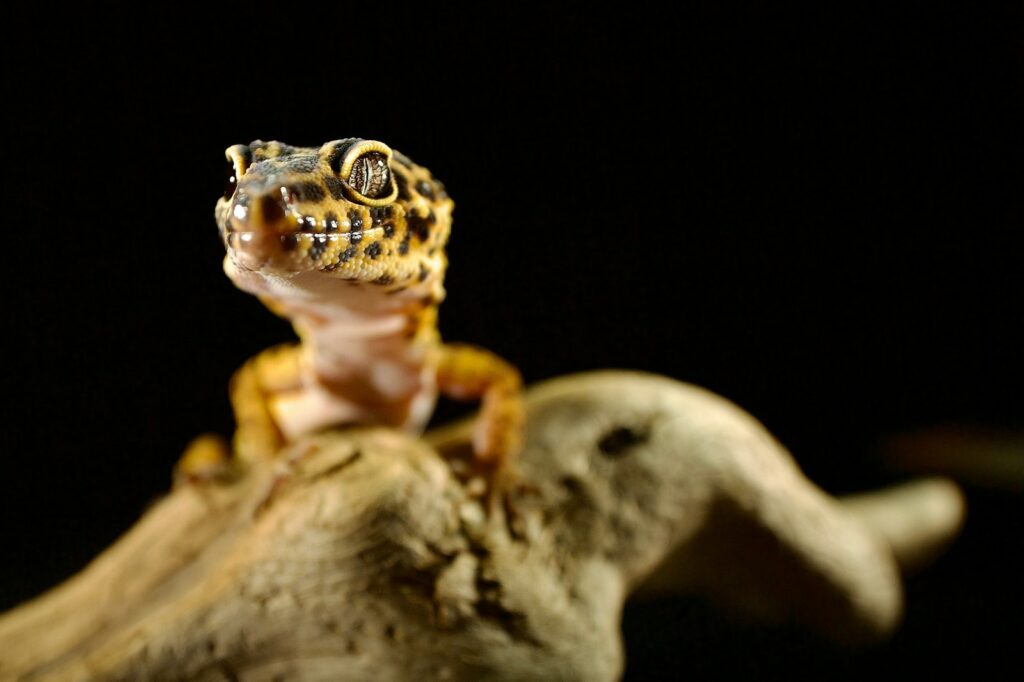
While leopard geckos thrive in primarily arid environments, maintaining appropriate humidity levels is still crucial for their respiratory health and successful shedding cycles. The ambient humidity in your vivarium should range between 30-40% most of the time, closely mimicking the conditions of their native habitat while preventing respiratory infections that can occur in overly humid environments. Create a humidity gradient by misting one side of the enclosure lightly every few days, allowing natural evaporation to occur rather than maintaining consistently high moisture levels. The dedicated humid hide, maintained separately with damp sphagnum moss at 70-80% humidity, provides a microclimate retreat your gecko will seek out when preparing to shed or needing additional moisture. Monitor humidity using a digital hygrometer placed in the middle of the enclosure at your gecko’s level, making adjustments to ventilation or misting frequency as needed during seasonal changes in your home environment.
Introducing Your Leopard Gecko to Their New Environment
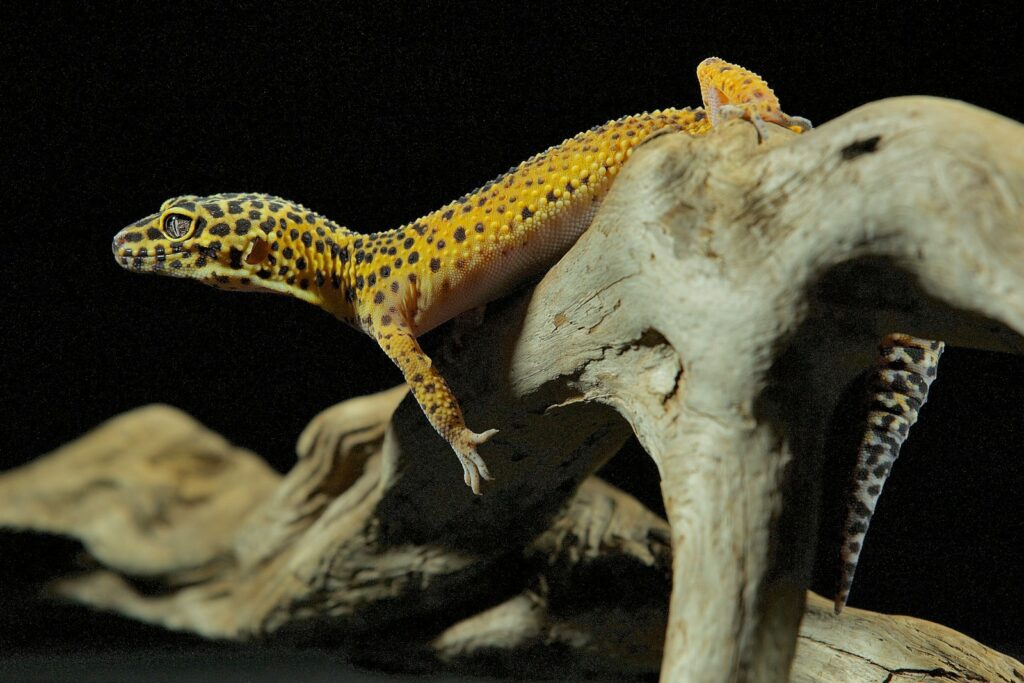
When your vivarium is fully established—ideally running for at least 2-3 weeks to allow plants to root and cleanup crews to establish—it’s time to introduce your leopard gecko to their new naturalistic home. Choose a quiet time of day for the introduction, preferably during the evening when these crepuscular reptiles would normally become active. Place your gecko gently near a hide rather than in open terrain, allowing them to retreat immediately if they feel vulnerable in the new space. Expect a period of adjustment lasting from a few days to two weeks, during which your gecko may hide more frequently, eat less, or demonstrate exploratory behaviors as they map their new territory. Resist the urge to handle your gecko during this acclimation period, allowing them to establish comfort in their environment without additional stress from human interaction. Monitor eating, defecation, and activity patterns closely during this transition, as these behaviors provide the best indication of your leopard gecko’s adjustment to their new naturalistic habitat.
Ongoing Maintenance and Monitoring
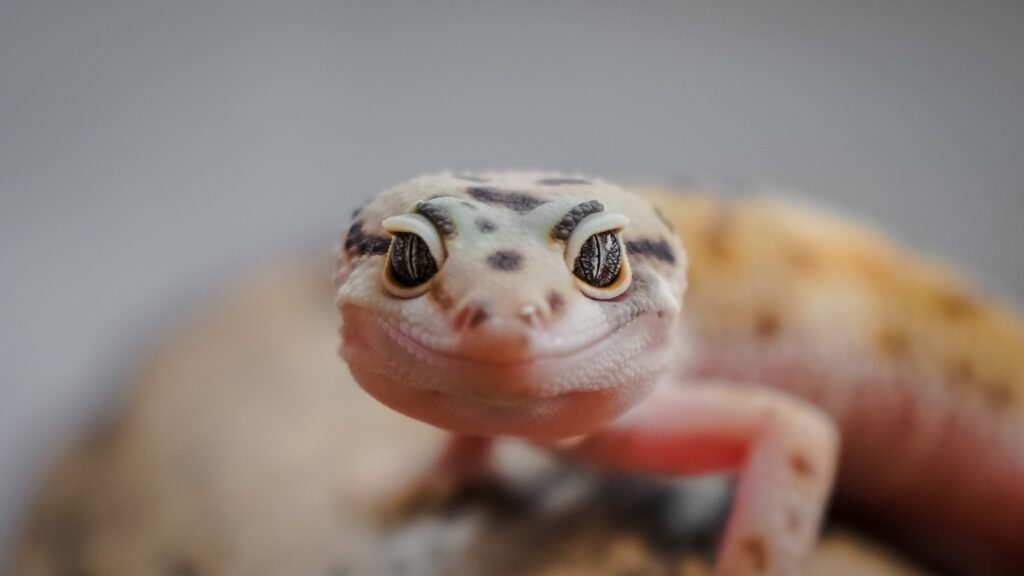
The beauty of a properly established bioactive vivarium is its relatively low maintenance requirements compared to traditional setups, though regular monitoring remains essential. Perform weekly spot cleaning of any remaining waste the cleanup crew hasn’t processed, removing uneaten prey items promptly to prevent pest insect establishments. Monitor plant growth monthly, pruning as needed to prevent overcrowding while replacing any plants that fail to thrive in the vivarium conditions. Check temperatures and humidity levels daily, particularly after seasonal changes in your home that might affect the enclosure’s internal climate. Every 3-4 months, replenish the top layer of substrate with a thin dusting of fresh bioactive mix, supporting the cleanup crew’s continued activity and nutrient cycling. Unlike conventional setups requiring complete substrate changes, a well-established bioactive system can function for years with only minimal refreshing, as the ecosystem becomes increasingly self-sustaining over time.
Troubleshooting Common Vivarium Issues
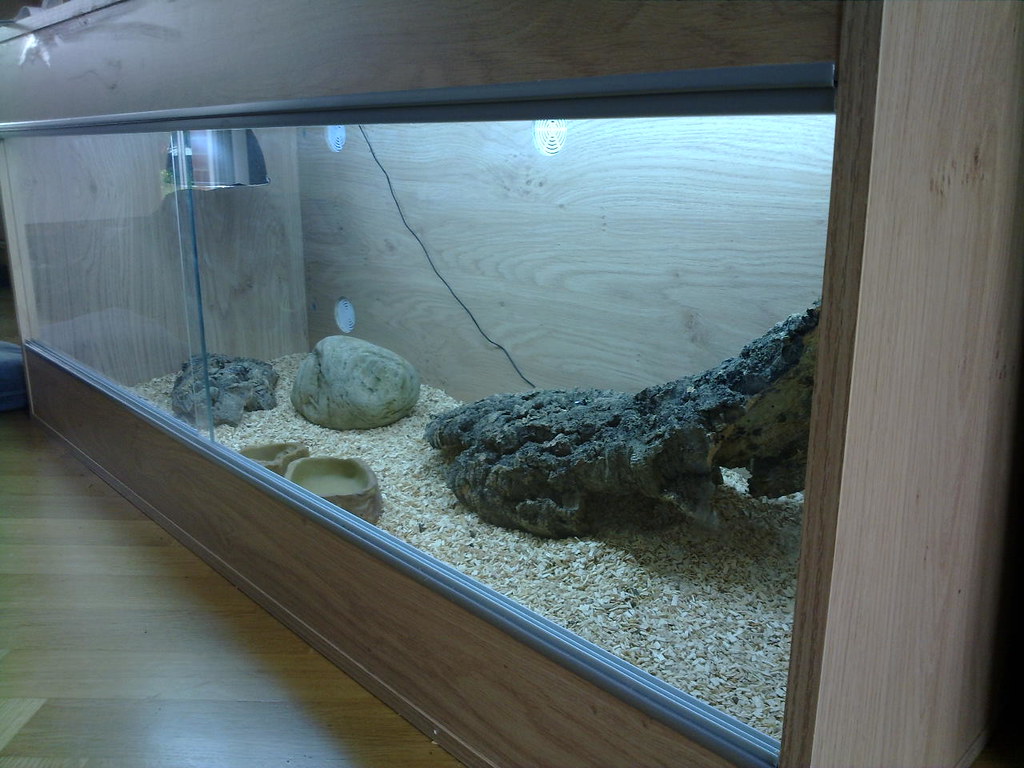
Even well-designed naturalistic vivariums can encounter challenges, but most have straightforward solutions when addressed promptly. If you notice declining cleanup crew populations, supplement their diet with specialized isopod food and check that the substrate isn’t too dry for their survival, potentially adding a small biodegradable leaf litter section as a refuge area. For plant health issues, evaluate lighting duration and intensity first, as inadequate light is the most common cause of plant decline in leopard gecko vivariums. Mold outbreaks, while concerning in appearance, are often temporary parts of the establishment process; increase ventilation slightly and allow your cleanup crew to address the issue, only manually removing mold if it persists beyond two weeks. If your gecko avoids certain areas of the vivarium, reassess the temperature gradient, as they may be indicating that sectors are too hot or too cold for comfort. For persistent humidity struggles, consider adding an automated misting system with a timer for consistent hydration without human intervention.
A naturalistic leopard gecko vivarium represents far more than just an aesthetically pleasing home for your pet—it creates a microcosm of their natural habitat that promotes physical health, natural behaviors, and overall wellbeing. Through careful attention to substrate composition, temperature gradients, plant selection, and the establishment of beneficial microorganisms, you’ve created an environment that works with nature rather than against it. Your leopard gecko will reward your efforts with increased activity, exploratory behaviors, and natural hunting techniques rarely observed in conventional setups. As your vivarium matures over months and years, you’ll witness the beautiful interplay between all living components—your gecko, plants, and microscopic cleanup crew—forming a balanced ecosystem that requires less intervention while providing superior quality of life. This holistic approach to reptile keeping not only benefits your pet but deepens your understanding of the delicate ecological relationships that sustain all life on our planet.

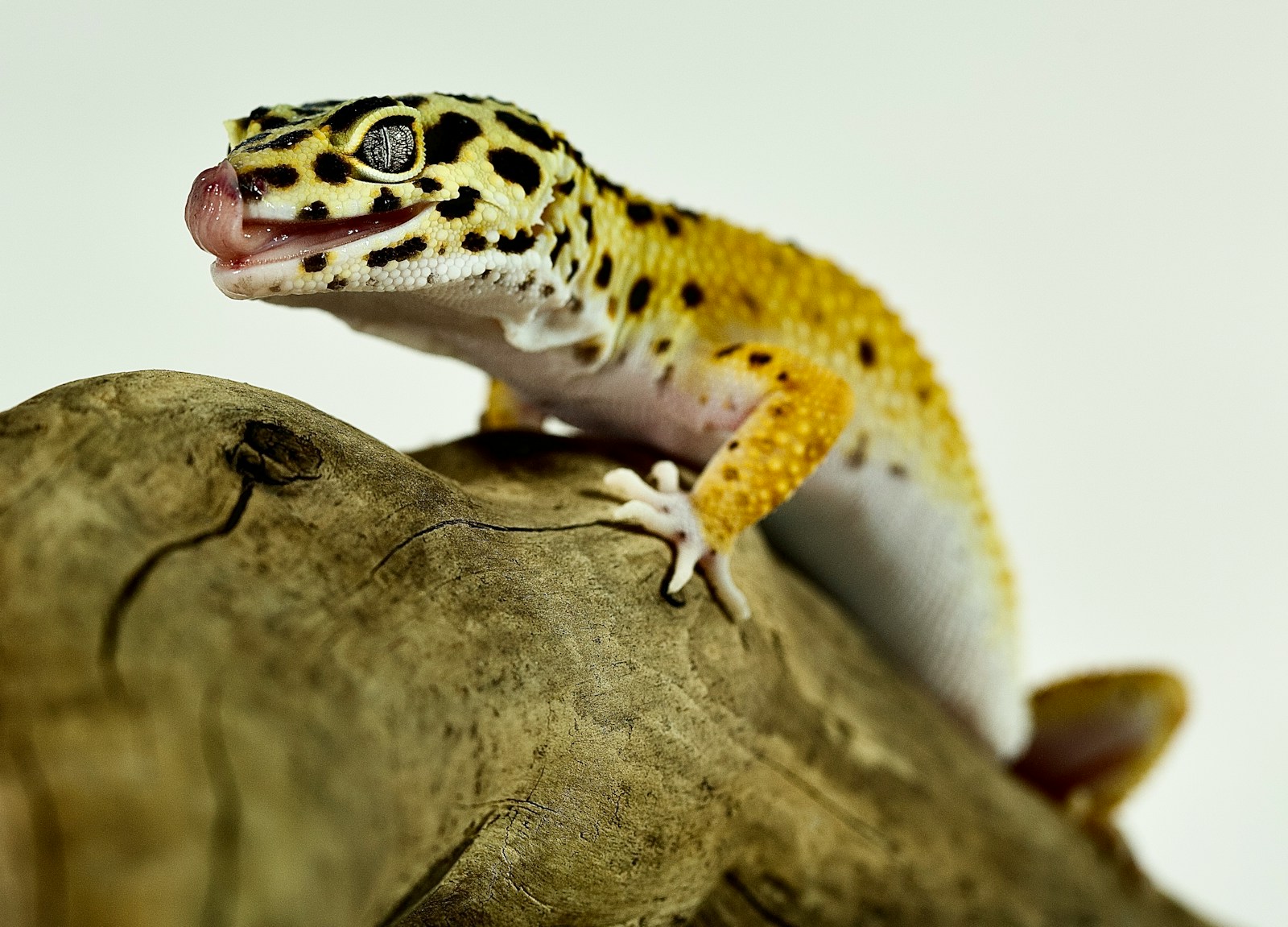
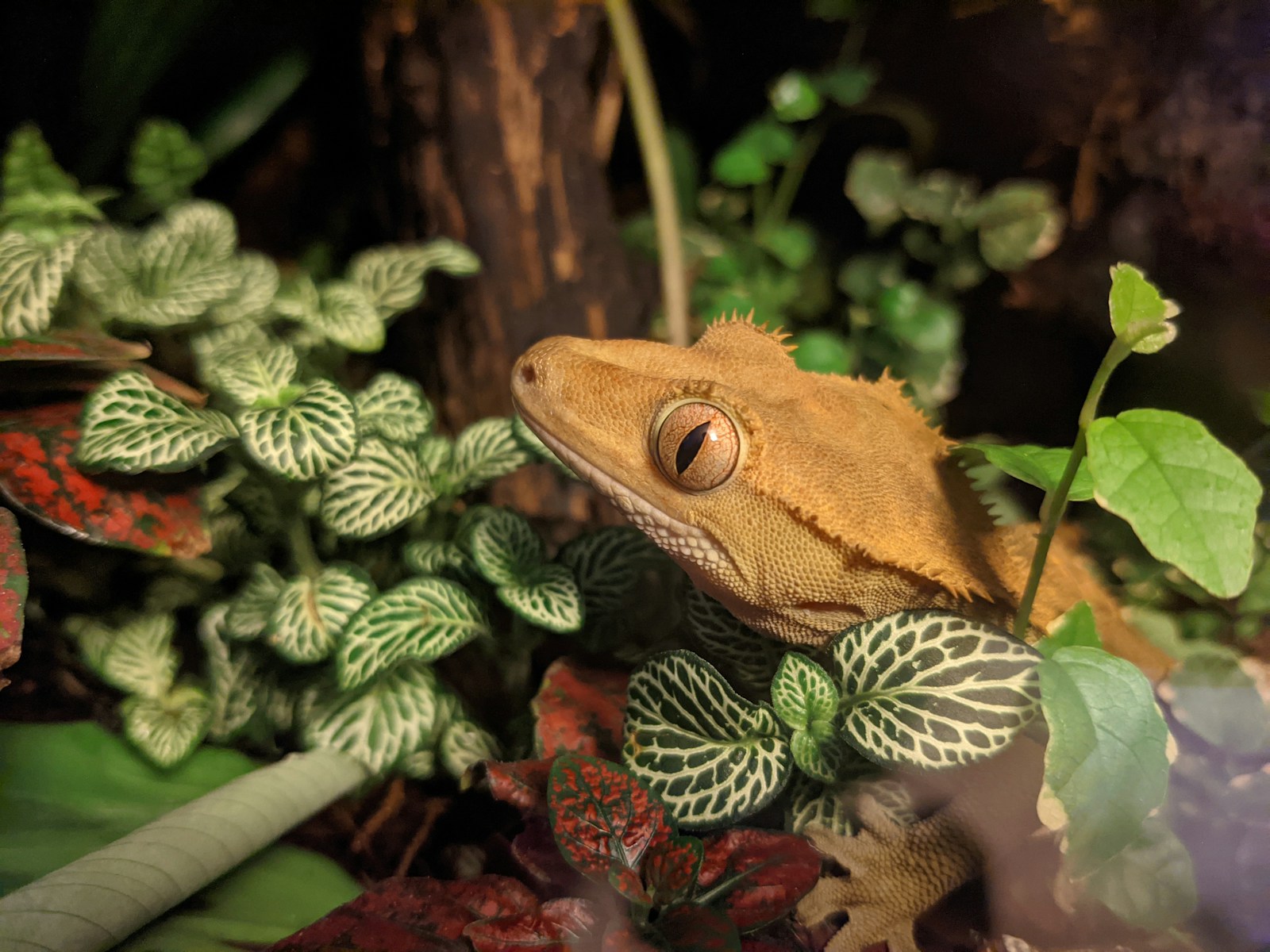
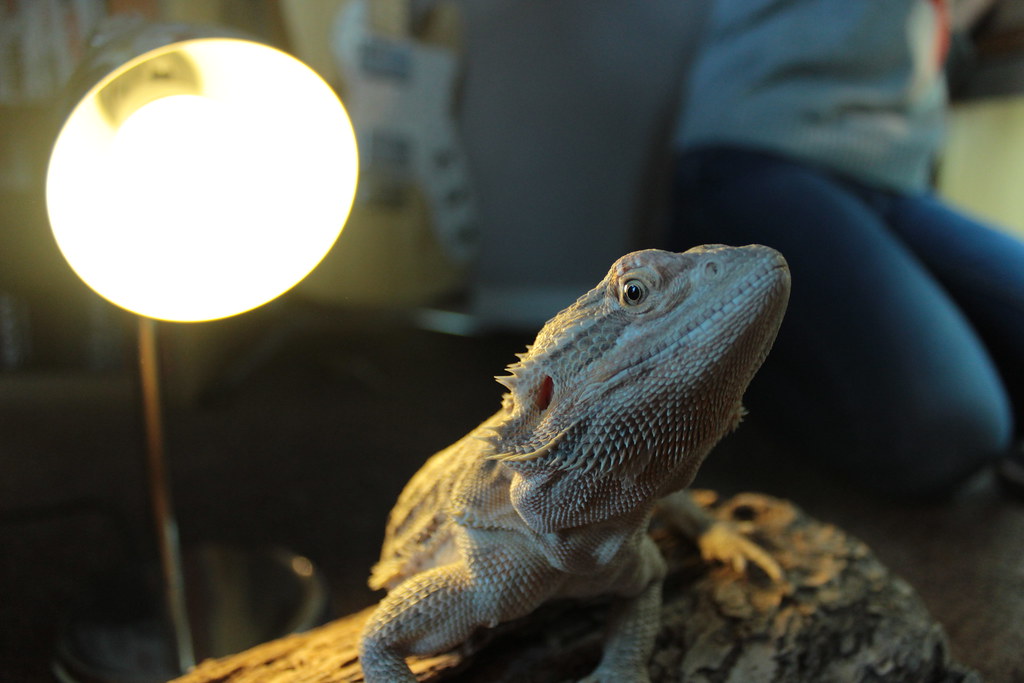
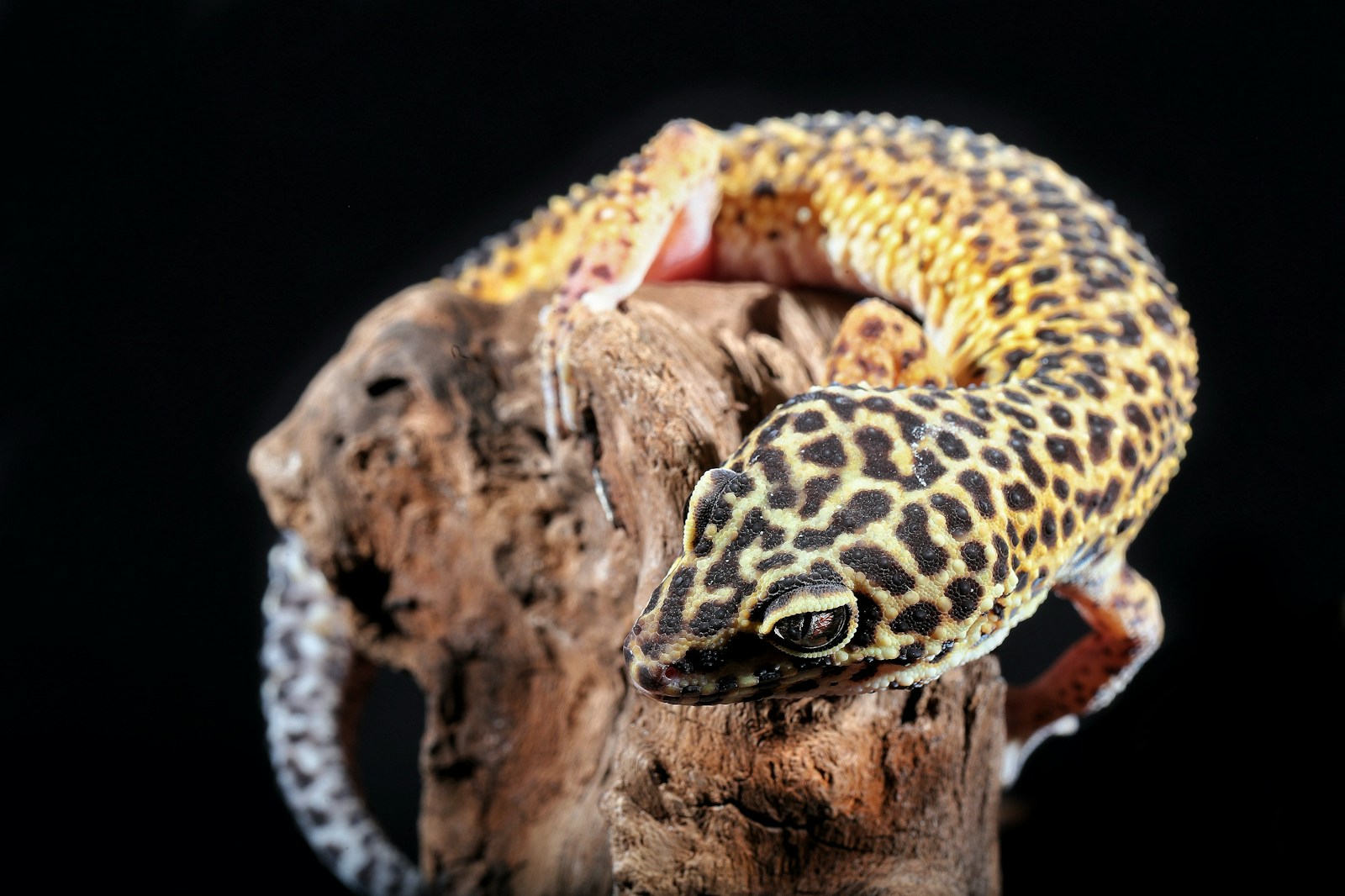

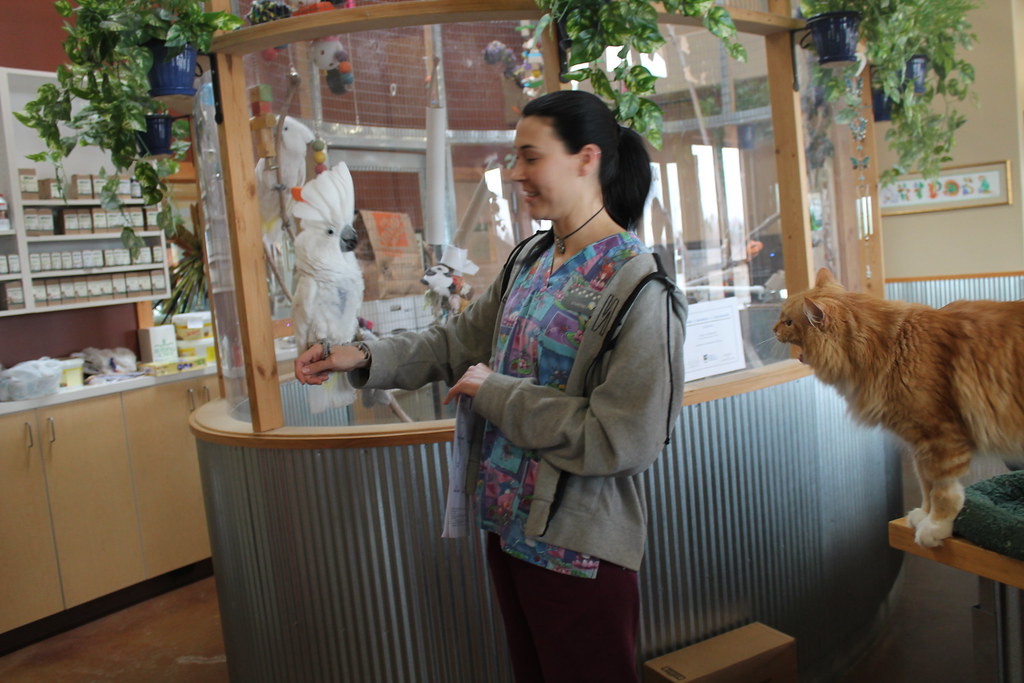

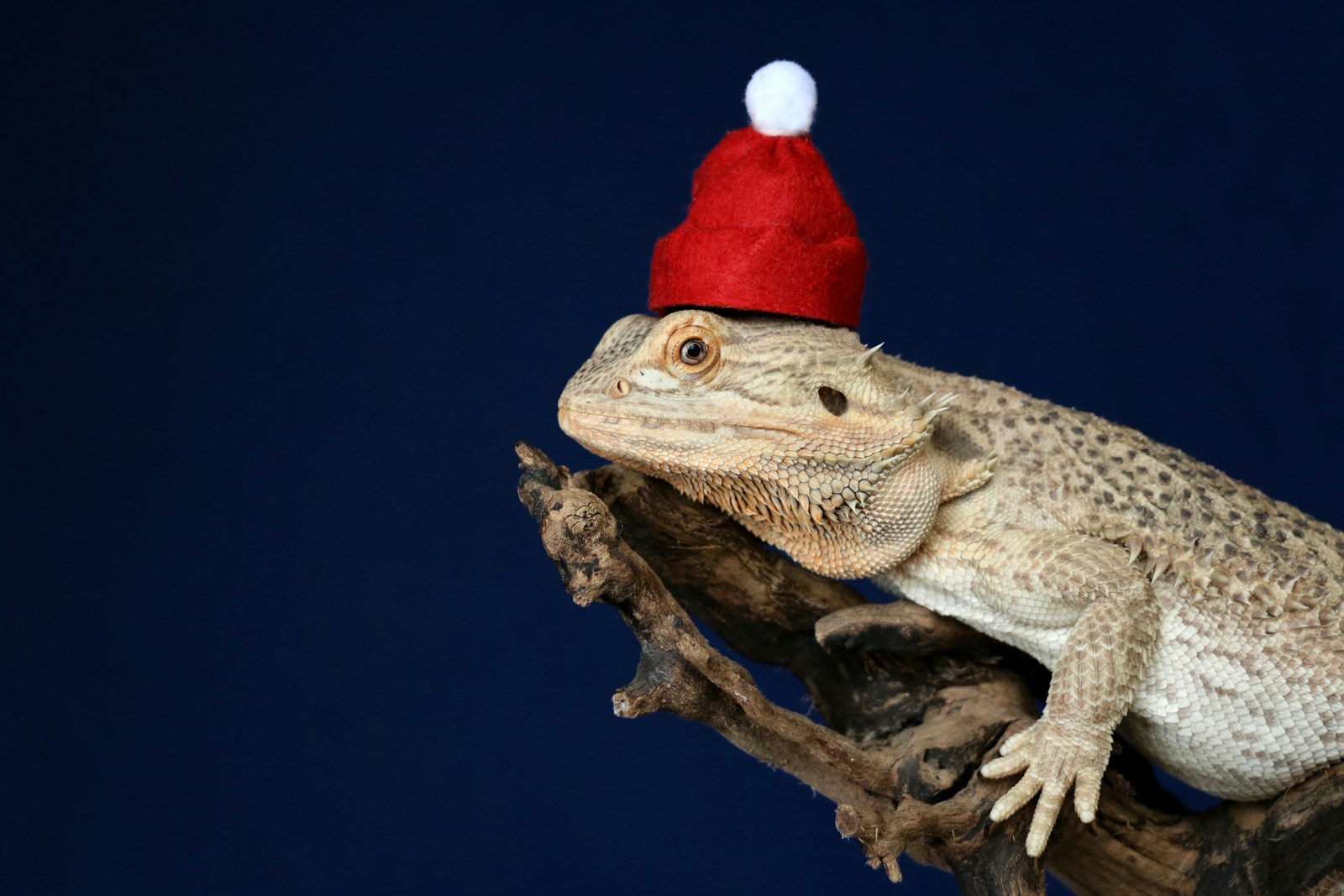

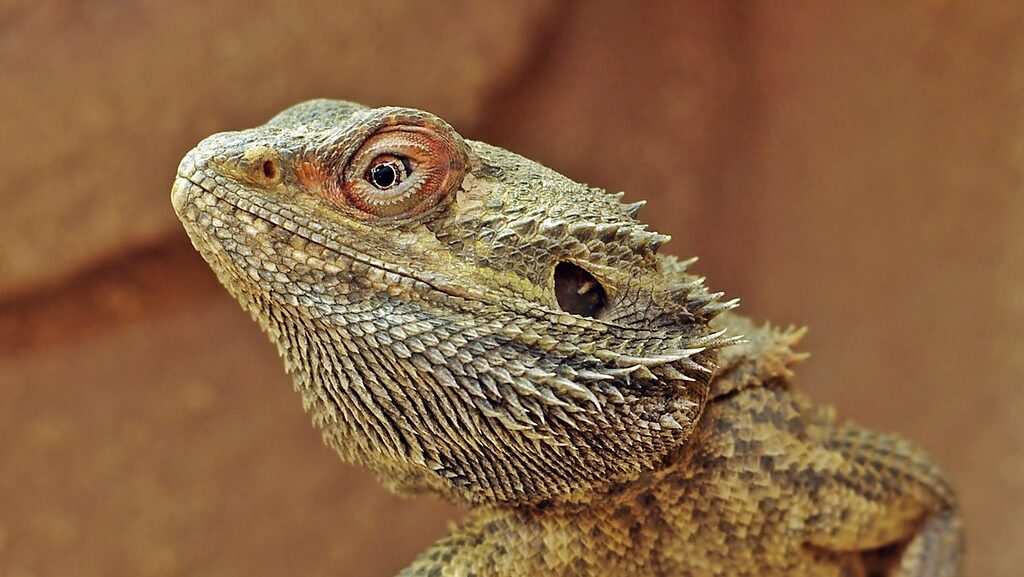
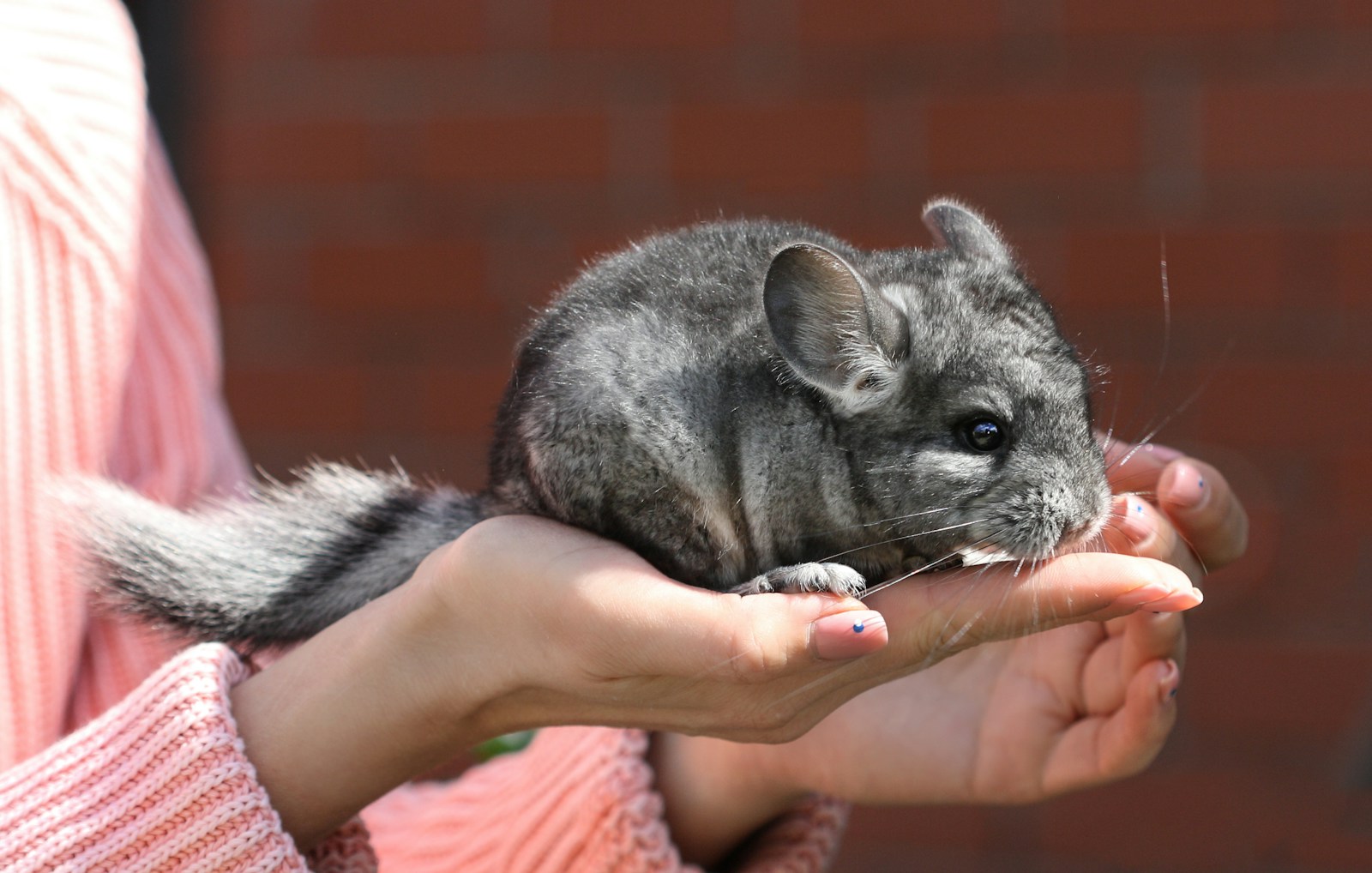

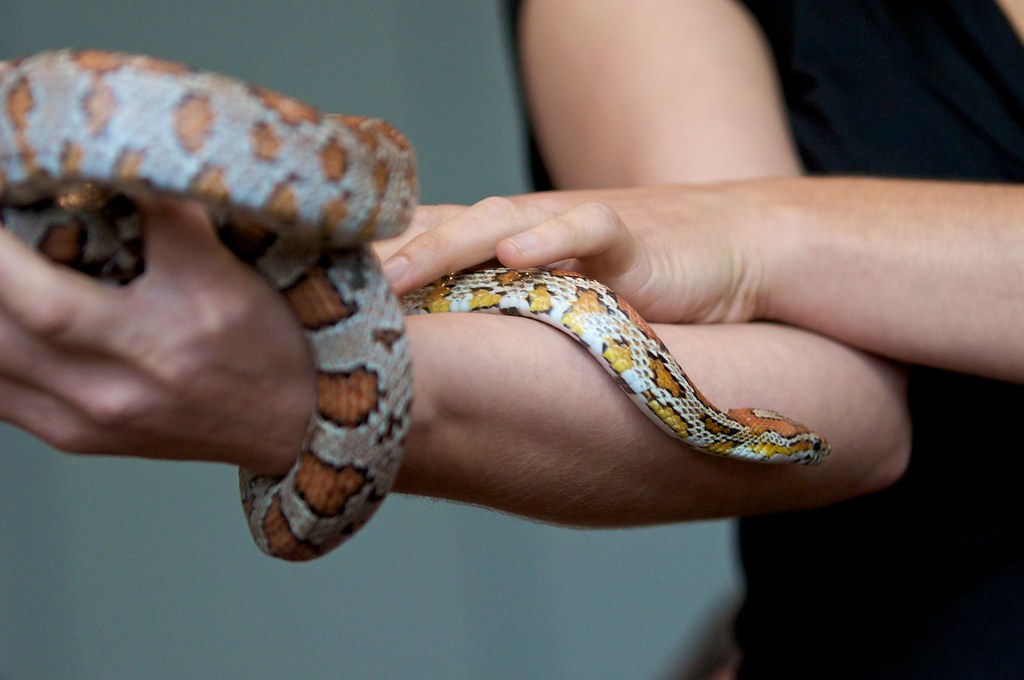
Leave a Reply